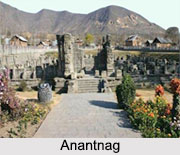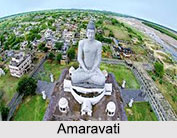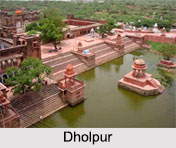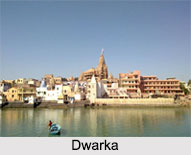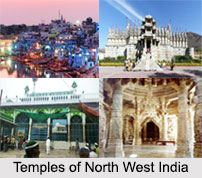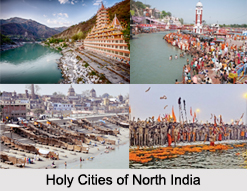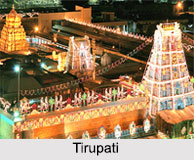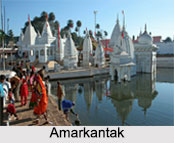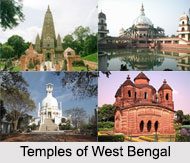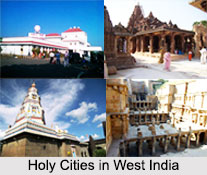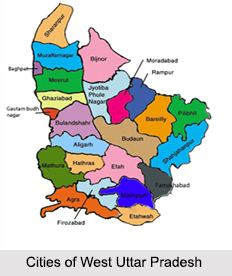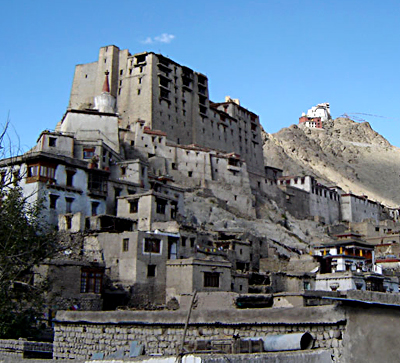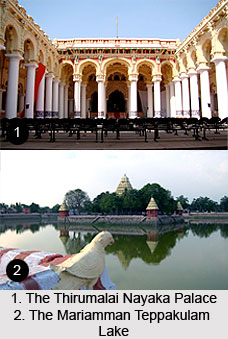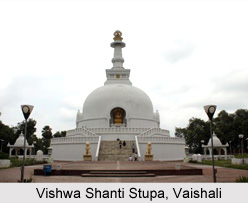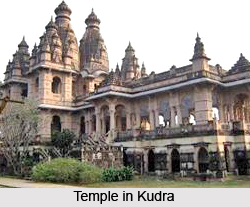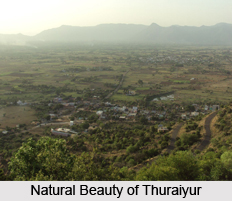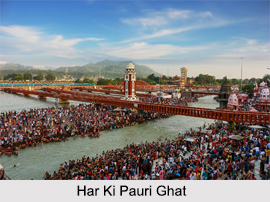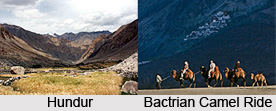 Hundur is a small village in a wooden valley. It is as far as one is allowed to go to follow the track of the Nubra valley. The USP of this remote village is its high altitude desert and barren landscape. Though the area surrounding Hunder is arid and desolate, the village however is full of greenery and cultivable land. Every year tourists flock to this village to explore its beauty, enjoy Bactrian camel ride and to see forests of Leh Berry.
Hundur is a small village in a wooden valley. It is as far as one is allowed to go to follow the track of the Nubra valley. The USP of this remote village is its high altitude desert and barren landscape. Though the area surrounding Hunder is arid and desolate, the village however is full of greenery and cultivable land. Every year tourists flock to this village to explore its beauty, enjoy Bactrian camel ride and to see forests of Leh Berry.
Location of Hundur
Hundur is located close to the Siachen glacier and Pakistan border in Jammu and Kashmir in north India. The village is approximately 160 km from Leh. Visitors are required to cross Khardung La, the world"s highest motorable pass to reach Hundur.
Attractions of Hundur
The village is famous for its herd of Bactrian camels which places as an indication of its days of the old trans- karakoram trade route. One may come across them during the walk up here. In terms of transportation, the Bactrian camels played a key role when Ladakh was a significant stopover on the ancient trade routes with Central Asia. The main monastery lies just below the main road nearby the bridge at the end of the route. Further down and across the stream is a rusty, cobweb-filled old manor that once belonged to the local Zimskhang royal family, and is now occasionally unlocked by a key-keeper at the Goba Guesthouse.
Hunder is also famous for the forests of a medicinal plant popularly known as "Leh Berry". Also known as sea-buckthorn, this plant is rich in bio-molecules, vitamins and nutritive properties.
Accommodation in Hundur
The most popular hangout in Hundur is the friendly Goba Guesthouse, 400m down from the roadside Gompa, an appealing, low-key affair with a sunny yard and hundreds of flowers. It is situated nearby the road and caters to group tours. The overpriced Chamba Camp, a group of luxury tents is set up on the grounds of Zimskhang Manor. More remote, the Snow Leopard, set in a beautiful vegetable garden, has great views and offers some rooms with bath. To get there, one has to follow the metalled road past Chamba Camp and the new Jamshed Guesthouse toward Diskit, one will reach the Snow Leopard in around ten minutes.
